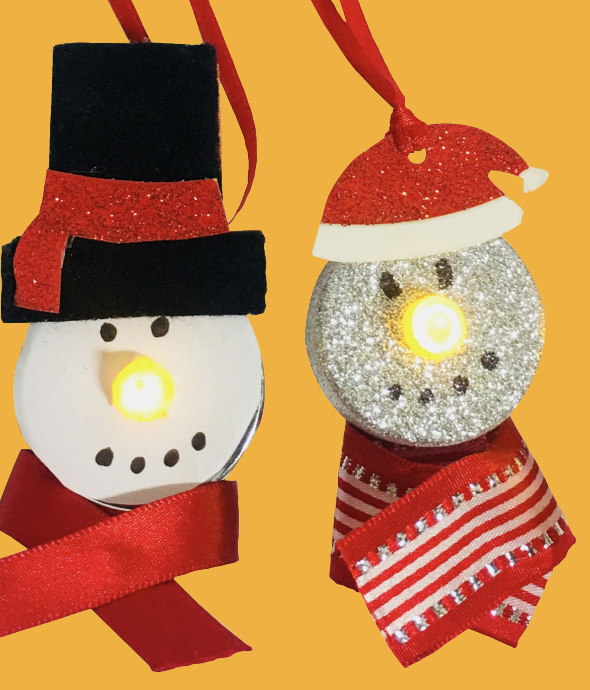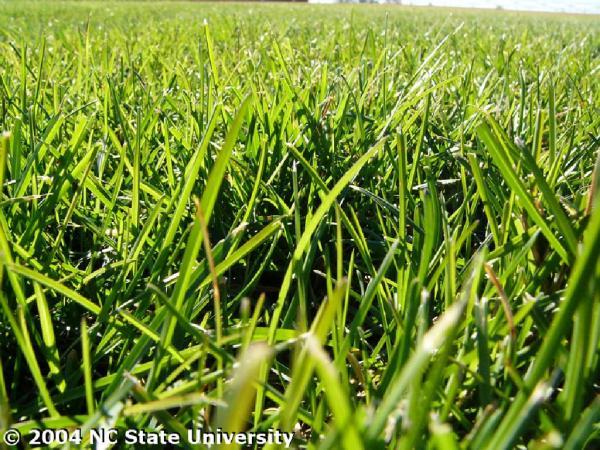Home Insteading With Cooperative Extension (Week 39)
go.ncsu.edu/readext?758510
en Español / em Português
El inglés es el idioma de control de esta página. En la medida en que haya algún conflicto entre la traducción al inglés y la traducción, el inglés prevalece.
Al hacer clic en el enlace de traducción se activa un servicio de traducción gratuito para convertir la página al español. Al igual que con cualquier traducción por Internet, la conversión no es sensible al contexto y puede que no traduzca el texto en su significado original. NC State Extension no garantiza la exactitud del texto traducido. Por favor, tenga en cuenta que algunas aplicaciones y/o servicios pueden no funcionar como se espera cuando se traducen.
Português
Inglês é o idioma de controle desta página. Na medida que haja algum conflito entre o texto original em Inglês e a tradução, o Inglês prevalece.
Ao clicar no link de tradução, um serviço gratuito de tradução será ativado para converter a página para o Português. Como em qualquer tradução pela internet, a conversão não é sensivel ao contexto e pode não ocorrer a tradução para o significado orginal. O serviço de Extensão da Carolina do Norte (NC State Extension) não garante a exatidão do texto traduzido. Por favor, observe que algumas funções ou serviços podem não funcionar como esperado após a tradução.
English
English is the controlling language of this page. To the extent there is any conflict between the English text and the translation, English controls.
Clicking on the translation link activates a free translation service to convert the page to Spanish. As with any Internet translation, the conversion is not context-sensitive and may not translate the text to its original meaning. NC State Extension does not guarantee the accuracy of the translated text. Please note that some applications and/or services may not function as expected when translated.
Collapse ▲4-H at Home
Camaryn Byrum, 4-H Agent
Tea-light Snowmen (Activity from the 4-H Holiday Activity Guide)
Light up a neighbor or friend’s yard with these fun and decorative snowmen tea-lights!
Supplies: Battery operated tea-lights, black permanent marker, red ribbon, black felt, orange permanent marker, glue gun
Activity Steps:
- Using your black marker, draw coal eyes and mouth. Using your orange marker, color your tea-light flame to make the carrot nose.
- Cut your snowman’s top hat out of the black felt. Glue red ribbon on hat for the band. Glue hat on your snowman’s head. Make sure to always ask an adult for help when using the glue gun.
- Cut a length of red ribbon for scarf. Make a loop with the ribbon and glue front pieces to hold. Attach to your snowman.
- Get a length of ribbon and tie ends together. Attach to your snowman and hang up for all to see!

Family and Consumer Sciences at Home
Mary Morris, Family and Consumer Sciences Agent
Safe Holiday Baking
As we get closer to Christmas, enjoy some time spreading cheer through baking but not by spreading foodborne illness. Enjoying good food is a central part of the holiday season. You can’t see, smell, or taste harmful bacteria that may cause illness. Considering taking steps to prevent all those good times from being ruined by foodborne illness.
If you are planning to bake goodies there are some food safety tips to remember. When handling raw ingredients like flour and eggs make sure to keep hands and surfaces clean. Flour needs to be handled carefully like raw meat and always refrigerate store-bought and fresh eggs. While you are baking, due to the salmonella risks in raw dough it is not recommended that you lick the bowl. All baked goods that have custard-based fillings must be refrigerated until you are ready to serve. To keep you and your family safe during this holiday season follow these kitchen tips from the Home Baking Association and Baking Food Safety information from NC State Extension.
Before Baking:
- Wash Hands
- Wear a clean apron…clothes carry dirt and germs from where you’ve been
- Wash counters, assemble ingredients and tools needed for recipe
- Re-wash hands before beginning to measure, mix, or portion products
After Baking:
- Wipe flour and batter from stand or hand-held mixers, counters
- Scrape mixing tools and bowl of excess batter, discard and load dishwasher
- Wash hands before packaging baked and cooled products in food-safe packaging
Horticulture at Home
Planting Over and Around Your Septic System
Written by: Bindu Bhakta, Michigan State University Extension
Submitted by: Katy Shook, Area Horticulture Agent
A commonly-asked question regarding septic system maintenance is: “What, if anything, is appropriate to plant on or over a septic system drain field?” This is an important question as vegetation over a drain field is critically necessary for the system to efficiently process wastewater without harming human health or the environment.
Vegetation over a drain field is critical for many reasons:
- Plants absorb excess moisture and nutrients from the soil through a process known as transpiration (the loss of water from a plant). This allows the drain field to process wastewater more efficiently and effectively.
- Plant roots anchor soil in place; preventing erosion from the drain field into nearby waterways can lead to excess plant growth and reduced water clarity among other issues.
Careful plant selection is advised for the area near a septic system, particularly over the drain field. In general, herbaceous (non-woody), shallow-rooted species that are adapted to normal rainfall amounts for your area are best because they won’t clog or disrupt the drain field pipes. These many include flowering annuals and perennials, including bulbs, turfgrass, and many groundcovers. Note that some larger species of these plants may have extensive root systems that pose some risk to the drain field. In addition, though annuals provide benefits to a septic system during the growing season, they may be limited in their ability to stabilize soil before and after the growing season.
Trees, shrubs, and other plants with deeper, more extensive root systems are not recommended for areas near septic systems because of their potential for damaging drain field pipes. In fact, these plants should be planted as far away from the drain field as possible. For example, willows, with their prolific root systems, should be kept away from drain fields entirely. In general, landscapers must consider the size of the root zone of the mature tree and shrub before planting anything near a septic system.
While vegetables might seem like plants that have appropriate root systems for a drain field, vegetable gardening directly over a drain field is not recommended due to the possibility of bacterial and/or viral contamination from the septic effluent. Gardening in raised beds over a drain field isn’t recommended either because the weight of the planters may compact the soil over the drain field. This would reduce the drain field’s ability to process wastewater properly and increase the likelihood of groundwater or surface water contamination. Siting vegetable gardens as far from septic systems as possible is recommended.
As a famous author once said, “The grass is always greener over the septic system.” For the protection of your family and the environment, planting and maintaining turf grass over your drain field is recommended.

Turfgrass is a cost-effective and readily available plant material to use, and one that will not damage the drain field.



